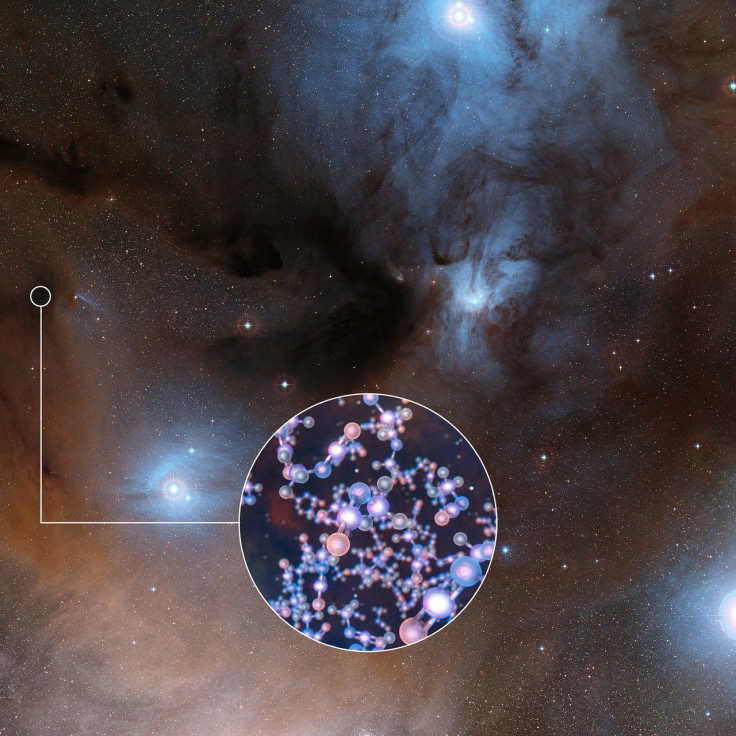ALMA Finds Organic Compound, Associated With Life On Earth, In Early Stages Of Sun-Like Star Formation

“Where did we come from?” is one of those questions that are often asked by both philosophers and scientists, even if they approach the possible answers very differently. The search for the signs or possibility of life in places other than Earth in the universe is one of the ways scientists go about their approach.
That makes it exciting when an organic compound, long associated with life as we know it, is found around a star that is similar to the sun. Exactly such an observation has been made by two separate research teams who were using the Atacama Large Millimeter/submillimeter Array in Chile, and discovered the existence of methyl isocyanate — a chemical building block of life — in a multiple star system called IRAS 16293-2422.
“This star system seems to keep on giving! Following the discovery of sugars, we’ve now found methyl isocyanate. This family of organic molecules is involved in the synthesis of peptides and amino acids, which, in the form of proteins, are the biological basis for life as we know it,” Niels Ligterink from Leiden Observatory in the Netherlands and Audrey Coutens from University College London, who led one of the research teams, explained in a statement issued by the European Southern Observatory (ESO), which operates the ALMA radio telescope.
Read: ALMA Sees Ring Of Icy Debris Around A Young Star System
IRAS 16293-2422 is about 400 light-years away and has many young stars, and the unique chemical sign of methyl isocyanate was found surrounding every one of those stars. The two teams of researchers made their observations at several different wavelengths across the radio spectrum, using various receiving bands of ALMA. The organic molecules, existing as a gas, were “located in the warm, dense inner regions of the cocoon of dust and gas surrounding young stars in their earliest stages of evolution,” according to the ESO statement.
Methyl isocyanate is one of the family of prebiotic molecules, which are considered the precursors to the formation of more complex compounds, like amino acids and peptides, that are eventually linked to the existence of life as we know it. However, it is also very toxic and was the substance that killed thousands of people when it leaked from a Union Carbide plant in Bhopal, India, in 1984. But its discovery 400 light-years away is good news for scientists.
Rafael Martín-Doménech from Centro de Astrobiología, Spain, and Víctor M. Rivilla of INAF/Osservatorio Astrofisico di Arcetri, Italy, leaders of the second research team, said in the statement: “We are particularly excited about the result because these protostars are very similar to the Sun at the beginning of its lifetime, with the sort of conditions that are well suited for Earth-sized planets to form. By finding prebiotic molecules in this study, we may now have another piece of the puzzle in understanding how life came about on our planet.”
Read: Life May Have Originated On Mars And Traveled To Earth: NASA Rover Engineer
The findings suggest that organic molecules and compounds, necessary for the evolution of life, could have been formed during the early stages of our solar system. It also suggests that planets around other stars similar to the sun could also take the same route and therefore harbor life.
The research was presented in two papers, both published Thursday in the journal Monthly Notices of the Royal Astronomical Society. Martín-Doménech and Rivilla were lead authors on a paper titled “First Detection of Methyl Isocyanate (CH3NCO) in a solar-type Protostar.” The other paper, “The ALMA-PILS survey: Detection of CH3NCO toward the low-mass protostar IRAS 16293-2422 and laboratory constraints on its formation,” had Ligterink and Coutens as lead authors.
© Copyright IBTimes 2024. All rights reserved.





















